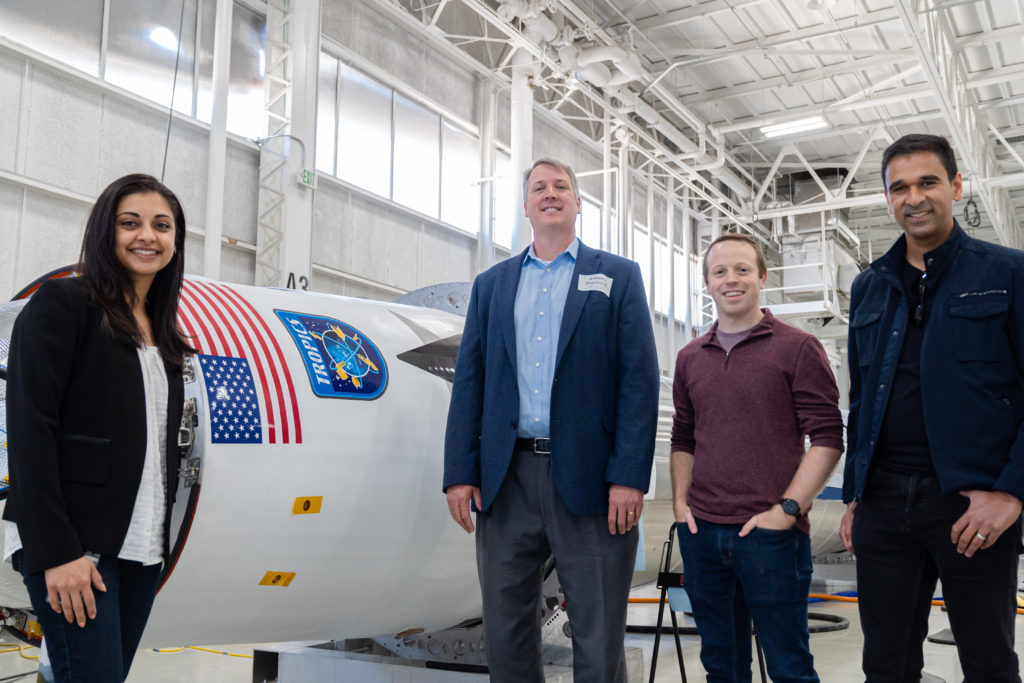
By Amisha Prakash, Lead Mission Manager
Today Astra received its launch license for the TROPICS-1 launch, the first of three launches that Astra plans to perform for NASA’s TROPICS program. The launch window opens at 12pm ET / 9am PT on Sunday, June 12, and live coverage will begin at approximately T-30 minutes. Tune in at astra.com/livestream.
Astra recently hosted Dr. William J. Blackwell of MIT Lincoln Labs for an internal Tech Talk about the TROPICS mission. As the Principal Investigator of TROPICS, Dr. Blackwell is the expert on the science behind this mission and what makes it so unique.
Tropical cyclones have a devastating impact on society. According to the NOAA Office for Coastal Management, from 2018 to 2020, the U.S. had more than 50 weather and climate disasters with damage exceeding $1 billion each, and the frequency and severity of storms have been increasing. At one point in 2018, there were nine named tropical cyclones happening simultaneously around the globe (source: University of Wisconsin SSEC).
In his talk, Dr. Blackwell explained that we need to do a better job of monitoring tropical cyclones so that we can provide early warnings for people to prepare and evacuate. Current weather satellites provide data about tropical cyclones, but don’t have sufficient resolution or frequency. These large, school bus-sized satellites are expensive to build and launch, and there are very few of them. When these satellites fly over a hurricane, it takes 4-6 hours until the next fly over, or revisit. Since storms change very rapidly, it’s hard to get enough data to provide accurate predictions with this revisit rate.
That’s where TROPICS comes in. The TROPICS mission will launch a constellation of small cubesats to capture key storm measurements—moisture, temperature and precipitation—to help predict the direction and intensity of storms. TROPICS is made up of six cubesats, each about the size of a loaf of bread, orbiting on three different planes. This constellation will yield a revisit rate of less than 1 hour, which will be much more helpful in forecasting and storm preparation! By reducing the size, cost and power consumption, more satellites can be launched into orbit and significantly increase coverage and data collection. This approach aligns very well with Astra’s strategy of designing a smaller, lower-cost rocket that can be produced at scale for frequent, dedicated launches to precise inclinations.

Be sure to join us for live coverage of the TROPICS-1 launch on Sunday, June 12, 2022 via our livestream. See you then!